An international group of ornithologists led by Dr Jorge Enrique Avendaño of the Universidad de los Andes in Bogotá has described a new species of tapaculo from humid montane and elfin forests (1,600–3,225 m elevation) of Colombia and Venezuela.
The tapaculos are a group of passeriform birds in the family Rhinocryptidae. Most species are found in South America but others occur in parts of Central America.
They are small to medium-sized birds, with a total length between 10 and 23 cm and a weight between 10 and 185 grams.
These birds have short, broadly rounded wings, straight bill (in some species elevated at base), longish legs, strong feet for scratching in the earth; most with short tail.
Most species are reddish brown or gray, with spots or bars; those of woodlands are darker than those of open scrub country.
They inhabit undergrowth and ground of forest and scrub, often bamboo thickets. Few species prefer bunch grass, rocks, or tall grass.
There are around 60 currently recognized species of tapaculos in 12 genera.
The newly-described species is named the Perijá tapaculo (Scytalopus perijanus).
Both the scientific and common names refer to the Serranía de Perijá of Venezuela and Colombia, the mountain range to which the bird is endemic.
Although specimens of the Perijá tapaculo have been available in museums since 1941, they were not carefully studied and were ascribed to different species, the white-crowned tapaculo (Scytalopus atratus).
“In 1941 and 1942, Melbourne A. Carriker, Jr., explored the western slope of the Serranía de Perijá, collecting 27 specimens of a single species of Scytalopus from 6 localities, all sent to the Smithsonian Institution National Museum of Natural History,” Dr Avendaño and his colleagues explained in a paper published in the journal Auk.
“Carriker’s series was mistakenly assumed to correspond to Scytalopus atratus nigricans, a taxon described from 2 specimens collected at lower elevations on the Venezuelan side of the range.”
Dr Avendaño’s team obtained a modern series of specimens from the same region visited by Carriker that clarified this taxonomic puzzle.
The Perijá tapaculo is a small bird with a buffy belly, gray back, and brown nape. Its song and calls are distinctly different from those of other tapaculos.
Its high level of genetic divergence from its closest relatives suggests that that its high mountain habitat has isolated it from its cousins for a significant amount of time.
The bird has been recorded at 19 localities on both slopes of the Serranía de Perijá: on the Venezuelan slope, it is known from 9 localities, ranging in elevation from 1,800 to 3,120 m; on the Colombian slope, it is known from 10 localities in departments of La Guajira and Cesar ranging from 1,600 to 3,225 m.
“While it was known that two species occurred in the Perijá mountains, it was a distinct surprise that the upper elevational form differs as much as 8-9 percent from its closest relatives,” said Dr Niels Kaare Krabbe of the Natural History Museum of Denmark, who was not involved in the study.
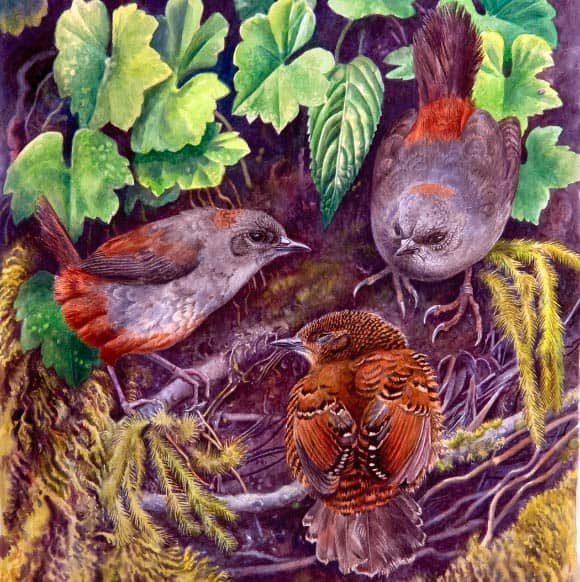
“This emphasizes the importance of the Perijá mountains as an evolutionary center, and calls for further studies of its flora and fauna.”
Unfortunately, due to habitat loss in the region, the Perijá tapaculo is already in trouble.
“The species is more seriously threatened on the Colombian slope than on the Venezuelan slope because its habitat is protected by a large National Park in Venezuela,” Dr Avendaño said.
“So, we recommend establishing a new national park or a network of reserves in Colombia connected to the Sierra de Perijá National Park of Venezuela.”
“This binational park is necessary in order to effectively preserve the high species diversity and endemism of birds and other biological groups of the region.”
_____
Jorge Enrique Avendaño et al. 2015. A new species of tapaculo (Rhinocryptidae: Scytalopus) from the Serranía de Perijá of Colombia and Venezuela. The Auk, vol. 132, no. 2, pp. 450-466; doi: 10.1642/AUK-14-166.1
This article was first published by Sci-News.com on 12 Mar 2015. Lead Image: The Perijá tapaculo (Scytalopus perijanus). Image credit: Andres M. Cuervo.
What you can do
Support ‘Fighting for Wildlife’ by donating as little as $1 – It only takes a minute. Thank you.
Fighting for Wildlife supports approved wildlife conservation organizations, which spend at least 80 percent of the money they raise on actual fieldwork, rather than administration and fundraising. When making a donation you can designate for which type of initiative it should be used – wildlife, oceans, forests or climate.

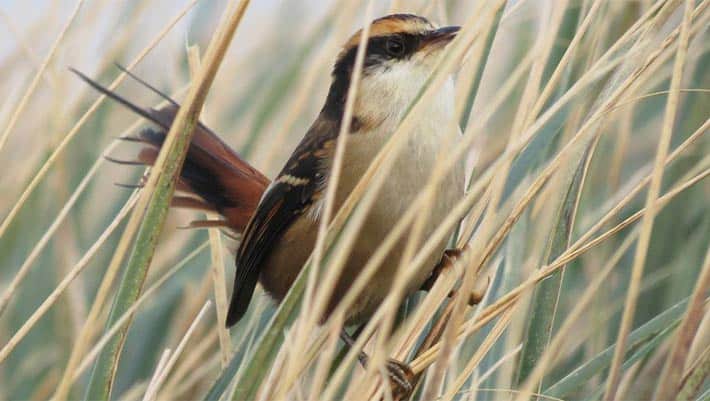
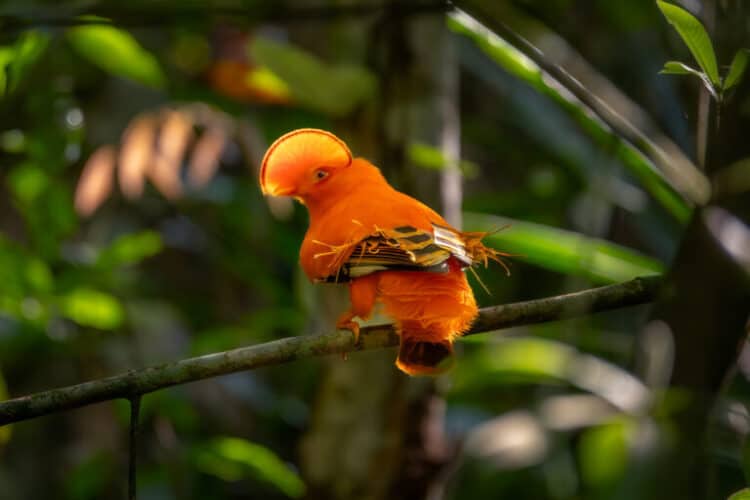
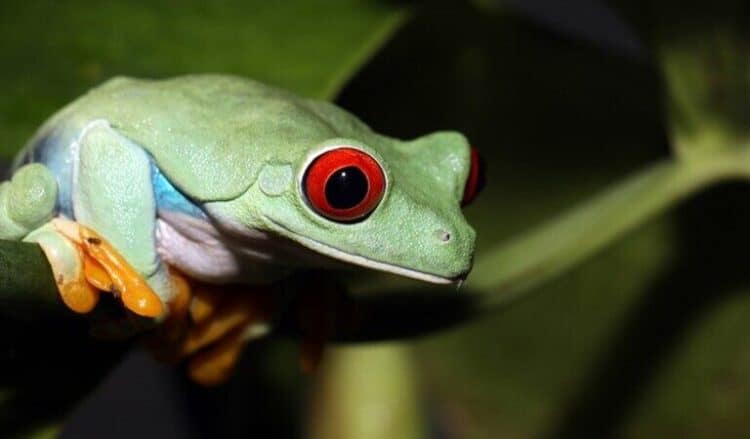
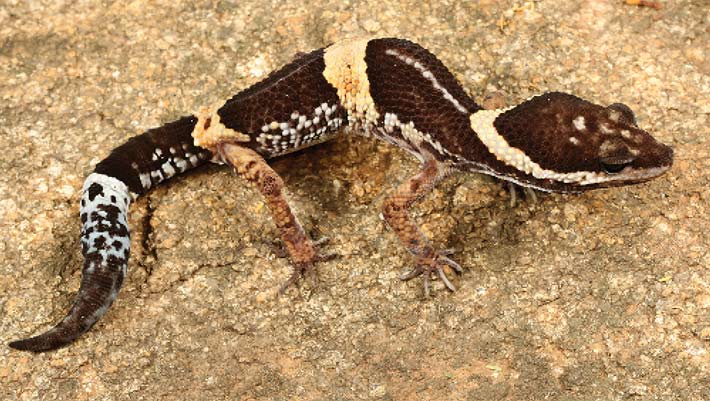
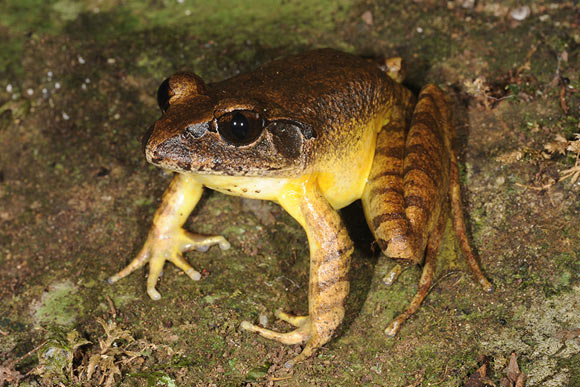
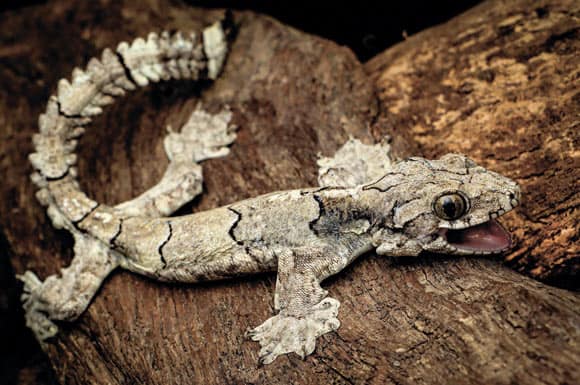
Leave a Reply